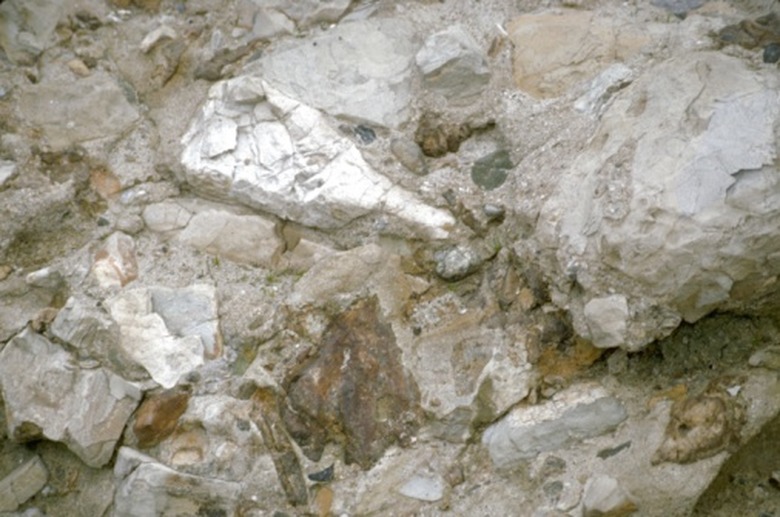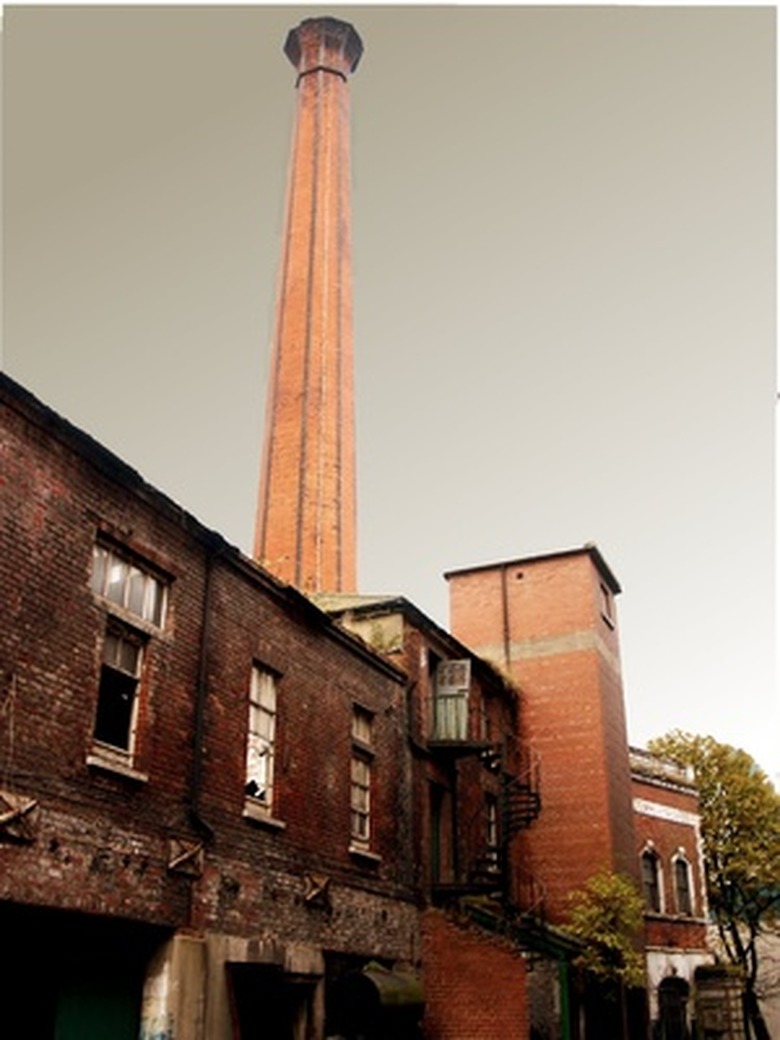How To Extract Precious Metals From Sulfides
Precious metals can be found in ore deposits along with sulfur, and are known as sulfides. Cadmium, cobalt, copper, lead, molybdenum, nickel, silver, zinc, and gold and platinum group metals can be found in sulfide forms. These concentrated ore deposits are considered low grade because of the economic costs associated with processing, but they can be separated economically when prices for these metals rise on the open market. The most popular method of separation is the froth floatation method, which was specifically designed for sulfides as opposed to smelting which is more suitable for larger veins of metal ore. Another more modern method uses microorganisms to separate the metals from the sulfur.
Things Needed
- Sulfide ore
- Crusher
- Floatation cells
- Alkyl alcohol for frothing
- Air bubbles
Separating Metals from Sulfur
Step 1
Identify ore bodies with enough metals to make recovery worthwhile. Sulfides can be identified using induced polarization exploration techniques. Sulfides can store energy when an electric charge passes through them from above ground. The current does not disperse at once but slowly dissipates. The energy stored within the sulfide ore can be measured after the current is turned off to extrapolate the size of the deposit. Induced polarization can be used to identify sulfides that can be indicators of larger ore deposits.
Step 2
Extract sulfide ore deposits from the ground and place in to the crusher to mince ore from 5 to 50 micrometers. Crushing begins the separation process by preparing the ore to be floated in water. First, the ore is crushed using a gyratory crusher to reduce the ore to 6-inch diameter pieces. Then wet grinding, mill grinding and/or semi-autogeneious grinders are employed to reduce the ore particles to acceptable sizes.
Step 3
Transfer ore to floatation circuit cells where ore is pulped with water. Add a collector, which is an organic species that separates the species of interest from other worthless components; in this case precious metals from sulfur. Force air bubbles into the pulp, to which the metals will attach and float. The resulting froth will collect above the floatation cell weir and is then transferred to another cell.
Step 4
Add alkyl alcohol to the frother cell, which will stabilize the froth layer. Once the metals are stabilized they can be thickened, filtered, dried and packaged for shipment. Water used in the froth floatation process is generally recycled to limit impacts to the environment.
Step 5
Employ bioleaching for base metals, such as zinc, copper and nickel, or mineral bioxoidation to enhance extraction of gold and silver. Both methods rely on bacterium, such as hiobacillus ferrooxidans, to recover precious metals. For example, stack ore in piles 200 feet deep. Apply water-diluted sulfuric acid to enable bacterium to grow. The microorganisms will process the ore resulting in metals that can be recovered along with the acidic solution, which must be properly handled. The microorganisms are considered benign to plants and animals; however, the process can result in acid mine drainage if the water is not disposed of properly.
Cite This Article
MLA
, Diane Bacher. "How To Extract Precious Metals From Sulfides" sciencing.com, https://www.sciencing.com/how-7462326-extract-precious-metals-sulfides/. 9 January 2018.
APA
, Diane Bacher. (2018, January 9). How To Extract Precious Metals From Sulfides. sciencing.com. Retrieved from https://www.sciencing.com/how-7462326-extract-precious-metals-sulfides/
Chicago
, Diane Bacher. How To Extract Precious Metals From Sulfides last modified March 24, 2022. https://www.sciencing.com/how-7462326-extract-precious-metals-sulfides/

